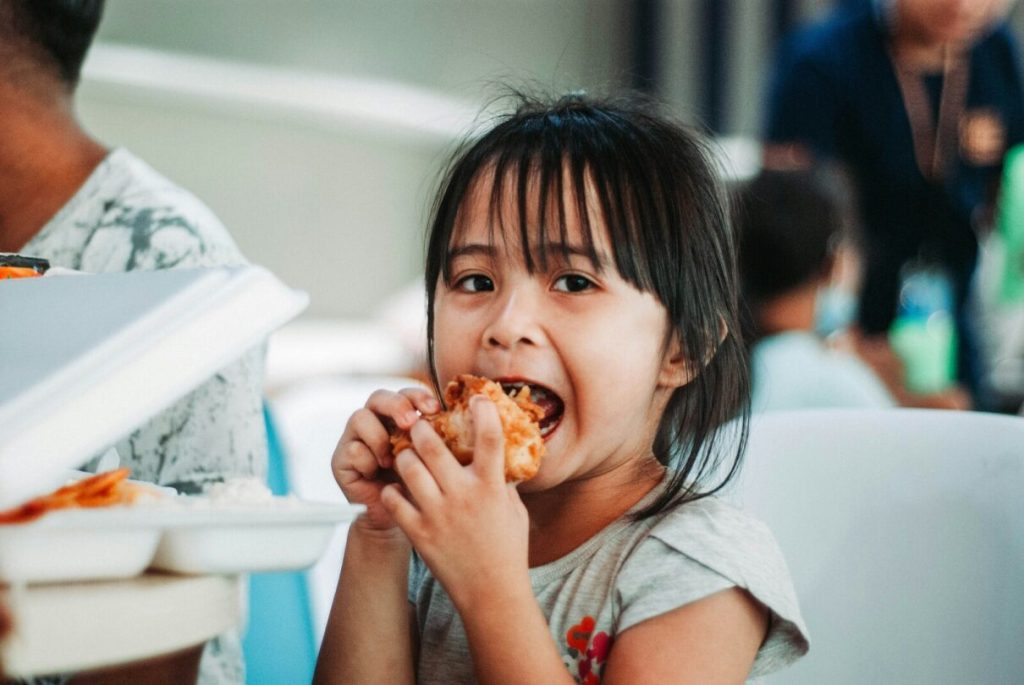Feeding America’s Annual Map the Meal Gap Report Shows Increase in Food Insecurity

Meridian, ID – Feeding America, the nation’s largest hunger-relief organization, has released its annual Map the Meal Gap report. In Idaho, Map the Meal Gap finds that 11.4% of Idahoans are food insecure. The report also found that 14.5% of Idaho children are food insecure. The Idaho Foodbank is one of more than 200 food banks that are part of Feeding America’s nationwide network.
Map the Meal Gap found that in Idaho 220,990 people, or 11.4% of Idahoans, are food insecure. This is a significant increase from the 8.2% rate of food insecurity among Idahoans in last year’s Map the Meal Gap report. This year’s Map the Meal Gap report also found that 67,590 Idaho children, or 14.5%, are food insecure. This is also an increase from the 8.6% of food insecure Idaho children reported in last year’s Map the Meal Gap report.
Food insecurity is defined by the United States Department of Agriculture (USDA) as the lack of access to enough food for an active, healthy life due to limited financial resources. Map the Meal Gap is the only study that provides local-level estimates of food insecurity for every county. The study builds upon the USDA’s latest report of national and state data, which showed a sharp increase in food insecurity in 2022 amidst historically high food prices and the expiration of many pandemic-era programs.
“Unfortunately the latest Map the Meal Gap report is consistent with the increased levels of needs we have been seeing in Idaho. Map the Meal Gap provides valuable information as we work to improve and refine our services for Idahoans who are food insecure,” said Randy Ford, President and CEO of The Idaho Foodbank. “We will continue to collaborate with our food distribution partners and other community partners and supporters around the state to help our neighbors who are struggling with rising costs.”
The highest rates of food insecurity in Idaho are in Shoshone County (16.5%), Lewis County (16.4%), Butte County (16.4%), and Washington County (15.5%).
The Idaho counties with the highest rates of food insecurity among children are Lewis County (24.5%), Shoshone County (23.1%), Butte County (22.7%), and Custer County (21.4%).
The Map the Meal Gap report uses data from 2022 from various publicly-available sources of information, including the USDA Economic Research Service, U.S. Census Bureau, and Bureau of Labor Statistics. The study also estimates local meal costs and food budget shortfalls using food price data from NielsenIQ based on the USDA Thrifty Food Plan, and grocery sales tax data for every county and state in the country.

Learn More About
Hunger in Idaho
Your support will go toward reducing hunger and improving the lives of struggling working parents, children and seniors.
MAP THE MEAL GAP 2024: KEY HIGHLIGHTS
- 69% of food insecure Idahoans have an income that is higher than the qualifications for the Supplemental Nutrition Assistance Program (SNAP).
North and North Central Idaho
- 45,230 people in North & North Central Idaho experienced food insecurity in 2022. This is 13.8% of the population in the region.
- 12,700 children in North & North Central Idaho experienced food insecurity in 2022. This is 18.9% of children in the region.
Eastern Idaho
- 48,730 people in Eastern Idaho experienced food insecurity in 2022. This is 11.7% of the population in the region.
- 16,380 children in Eastern Idaho experienced food insecurity in 2022. This is 15% of children in the region.
Southwest Idaho
- 114,780 people in Southwest Idaho experienced food insecurity in 2022. This is 12.1% of the population in the region.
- 35,640 children in Southwest Idaho experienced food insecurity in 2022. This is 16.2% of children in the region.
You can find more information from the Map the Meal Gap report, including an interactive map, at FeedingAmerica.org/MaptheMealGap.


